Rising Healthcare Expenditure
The increase in healthcare expenditure in South Korea is a significant driver for the diabetic retinopathy market. As the government and private sectors invest more in healthcare infrastructure, there is a corresponding rise in the availability of advanced diagnostic and treatment options for diabetic retinopathy. Current data suggests that healthcare spending in South Korea is projected to grow by approximately 7% annually, which is likely to enhance access to quality care for patients suffering from diabetic retinopathy. This trend indicates a favorable environment for the diabetic retinopathy market, as increased funding can lead to the development of new technologies and improved patient management strategies.
Government Initiatives and Funding
Government initiatives aimed at combating diabetes and its complications are playing a pivotal role in shaping the diabetic retinopathy market. In South Korea, the government has implemented various programs to promote diabetes management and prevention, which include funding for research and development in diabetic retinopathy treatments. These initiatives not only enhance public health awareness but also stimulate innovation within the healthcare sector. The allocation of resources towards improving screening and treatment facilities is expected to bolster the diabetic retinopathy market. As a result, healthcare providers are likely to benefit from increased funding, leading to enhanced access to care and improved patient outcomes.
Advancements in Treatment Modalities
Recent advancements in treatment modalities for diabetic retinopathy are propelling the growth of the diabetic retinopathy market. Innovative therapies, such as anti-VEGF injections and laser treatments, have shown promising results in managing the disease and preventing vision loss. The introduction of these advanced treatment options has led to improved patient outcomes, which is likely to enhance patient compliance and increase the overall market size. In South Korea, the market for diabetic retinopathy treatments is projected to reach approximately $500 million by 2027, reflecting a compound annual growth rate (CAGR) of around 10%. This growth is indicative of the increasing reliance on advanced medical technologies to address the challenges posed by diabetic retinopathy.
Aging Population and Diabetes Prevalence
The demographic shift towards an aging population in South Korea is a significant factor influencing the diabetic retinopathy market. As individuals age, the prevalence of diabetes increases, leading to a higher incidence of diabetic retinopathy. Current statistics indicate that around 30% of diabetic patients over the age of 65 develop some form of diabetic retinopathy. This trend underscores the urgent need for effective screening and treatment solutions within the diabetic retinopathy market. Furthermore, the increasing life expectancy in South Korea suggests that the number of elderly individuals at risk for diabetic retinopathy will continue to grow, thereby driving market demand for innovative therapies and management strategies.
Increasing Awareness of Diabetic Retinopathy
The growing awareness regarding diabetic retinopathy among the South Korean population is a crucial driver for the diabetic retinopathy market. Educational campaigns and initiatives by healthcare organizations have significantly improved public knowledge about the disease and its complications. As a result, more individuals are seeking regular eye examinations, leading to early detection and treatment. This trend is reflected in the increasing number of patients diagnosed with diabetic retinopathy, which has been reported to rise by approximately 15% annually. Consequently, the demand for diagnostic tools and treatment options in the diabetic retinopathy market is expected to expand, as healthcare providers strive to meet the needs of this growing patient population.


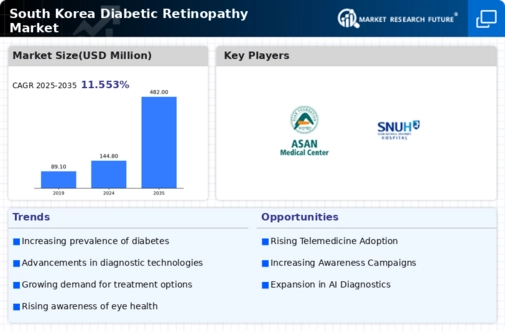
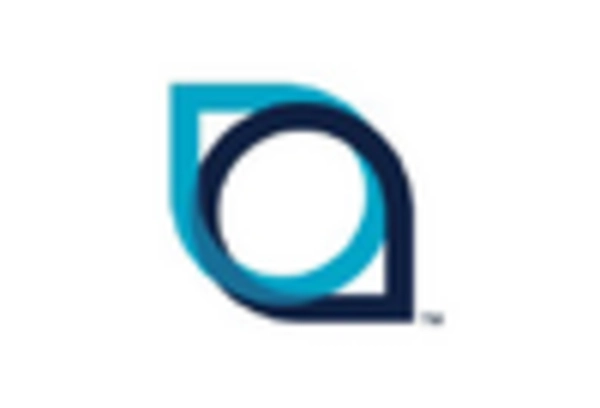
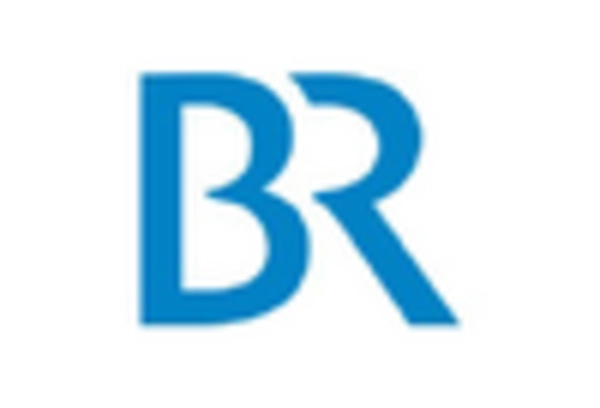
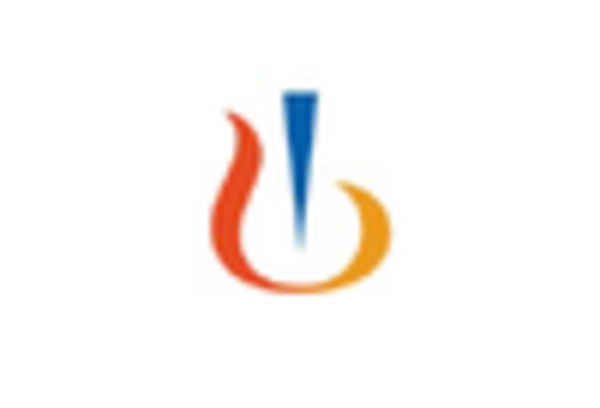

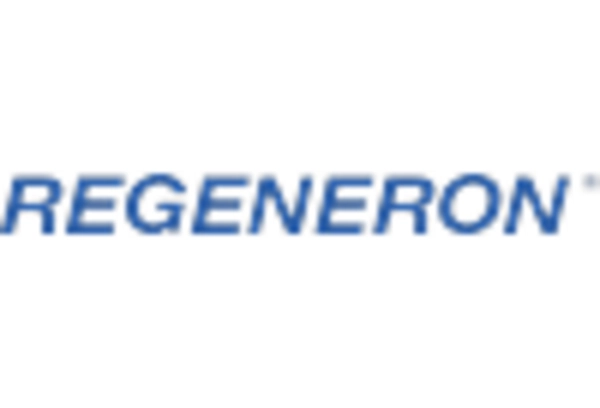









Leave a Comment